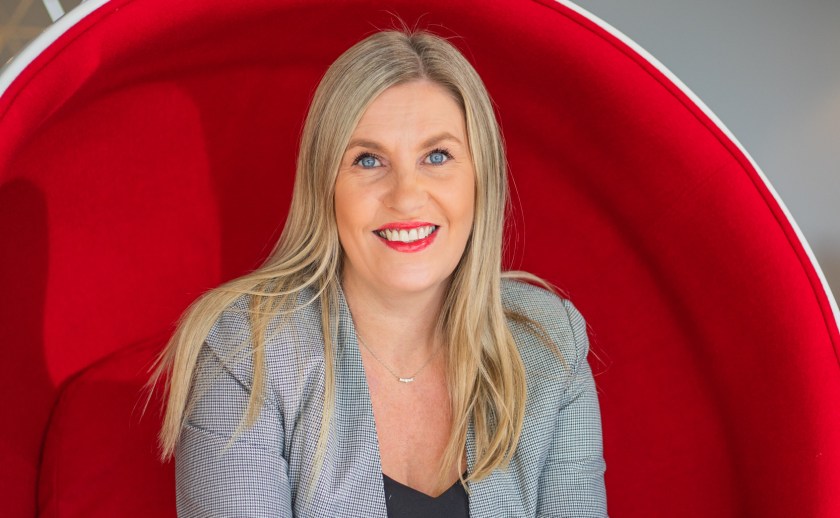Preparing for the worst kind of customer is crucial to your team’s safety, says Monique Richardson.
Client aggression and conflict continues to be on the rise and a major concern for employers. During Covid-19, escalations of client behaviour in some industries rose as high as 400%. The effect of dealing with aggressive clients is immense. It causes stress, anxiety, and emotional exhaustion for frontline workers. It can also impact on job satisfaction and risk of burnout and is leading to staff turnover and recruitment challenges.
There is a clear distinction between dealing with a client that is angry, frustrated or upset and a client that is aggressive. With aggression comes an increased safety risk. It is essential to build both confidence and capability in dealing with aggressive client and must be approached with key three strategies:

1. Unacceptable client conduct policy
Every organisation needs to have a clearly defined and documented formal unacceptable client conduct policy in place to support the team as well as setting clear expectations for client. There is a duty of care to comply with Work Health and Safety obligations, by identifying and mitigating potential risks towards customer service professionals and protect their safety and well-being at all times. The policy needs to visibly promote zero-tolerance for aggressive conduct in the workplace and educate client of consequences of continued abuse, such as restricted contact or removal from the premises.
2. Clear escalation path
A clear escalation path is required that can include formal warnings, an immediate escalation to a manager, duress alarms or involvement of security or police. The formal escalation policy needs to be known and socialised across the organisation and included in all induction training. No team member should ever be placed in a position where they are wondering what to do if faced with aggression or threats of any nature.
3. Skills to de-escalate
Managing client aggression is a skill, and providing the team with knowledge and skills training is critical. I have witnessed firsthand the difference it makes when the team have the training, tools, de-escalation techniques and confidence to face even the most difficult of client interactions. On a practical level, the following steps are recommended when dealing with an aggressive client.
Assess
Be observant to the signs of escalating client behaviour. The customer may exhibit physiological signs including clenching of fists or facial muscles, sudden movements, moving into your personal space, physical contact, shouting, throwing items or pounding a fist on a counter. These signals may alert you to escalating behaviour and help you to make a decision to exit the situation quickly.
Calm
It is important to remain calm and in control. You can prevent or stop an amygdala hijack by breathing, slowing down, and trying to focus your thoughts. This action allows you to regain control and then choose a reasonable and appropriate way to respond to the situation.
Exit or engage
You need to make an immediate decision whether or not to exit the situation immediately to ensure you are not in any danger. Decide whether or not you are in a position to engage and have a conversation with the client. It is important to ask questions to find out further details about their issue or problem and then take ownership for a resolution, outcome or explanation.
It is crucial for organisations to recognise the impact of client aggression on team members and take steps to protect their well-being. This includes the implementation of policies, providing training on de-escalating difficult and aggressive client behaviour, offering support and championing a culture of respect from clients within the workplace.
This article originally appeared in SPA+CLINIC 94.
Read the latest issue of SPA+CLINIC below:
There are 5 ways you can catch up with SPA+CLINIC
- Our quarterly print magazine, delivered to your door. Subscribe here.
- Our website, which is updated daily with its own completely unique content and breaking news.
- Our weekly newsletter – free to your inbox! Subscribe here.
- Our digital magazine – click here to view previous issues.
- Our social media – see daily updates on our Instagram, Facebook & Linkedin




